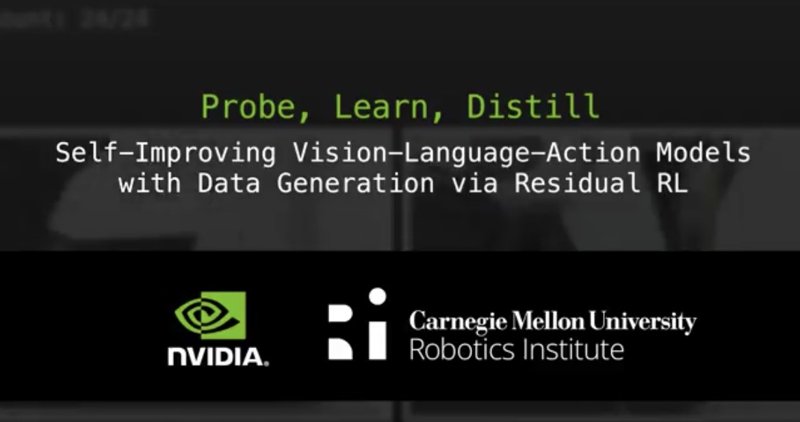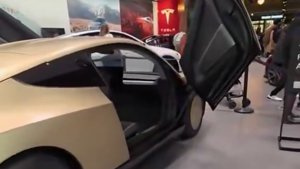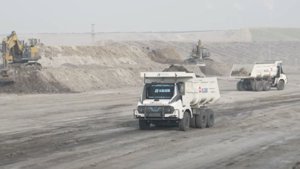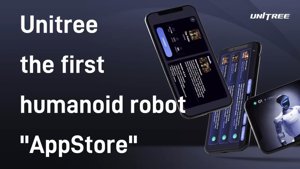Researchers at Carnegie Mellon University and NVIDIA have apparently decided that robots, much like interns, should learn from their own fumbles. They’ve introduced a new framework called PLD (Probe, Learn, Distill) that enables Vision-Language-Action (VLA) models to autonomously improve at high-precision tasks. This moves away from the traditional, laborious method of teaching robots by having them mimic human demonstrations, which is about as scalable as hand-carving microchips.
The PLD method is a three-stage process designed to turn failure into a feature. First, the robot probes its own limitations by attempting a task with its existing knowledge. When it inevitably messes up—say, spilling a drink it was supposed to serve—a lightweight “rescue policy” trained via residual reinforcement learning steps in to correct the action. Finally, the system distills this successful recovery, fine-tuning the main model with the new data. Essentially, the robot gets a little smarter every time it fails, no hand-holding required. The system has already demonstrated a 99% success rate on the LIBERO benchmark and 100% on certain real-world manipulation tasks.
Why is this important?
This is a significant step toward creating truly adaptable robots. Instead of being programmed with a library of perfect movements for every conceivable situation, a robot equipped with PLD can generate its own training data from novel, imperfect experiences. This self-improvement loop could drastically cut down development time and cost, making robots more viable for complex, unstructured environments like your disastrously messy kitchen. It’s a shift from “learning by watching” to “learning by doing,” and more importantly, “learning by almost screwing up.”






